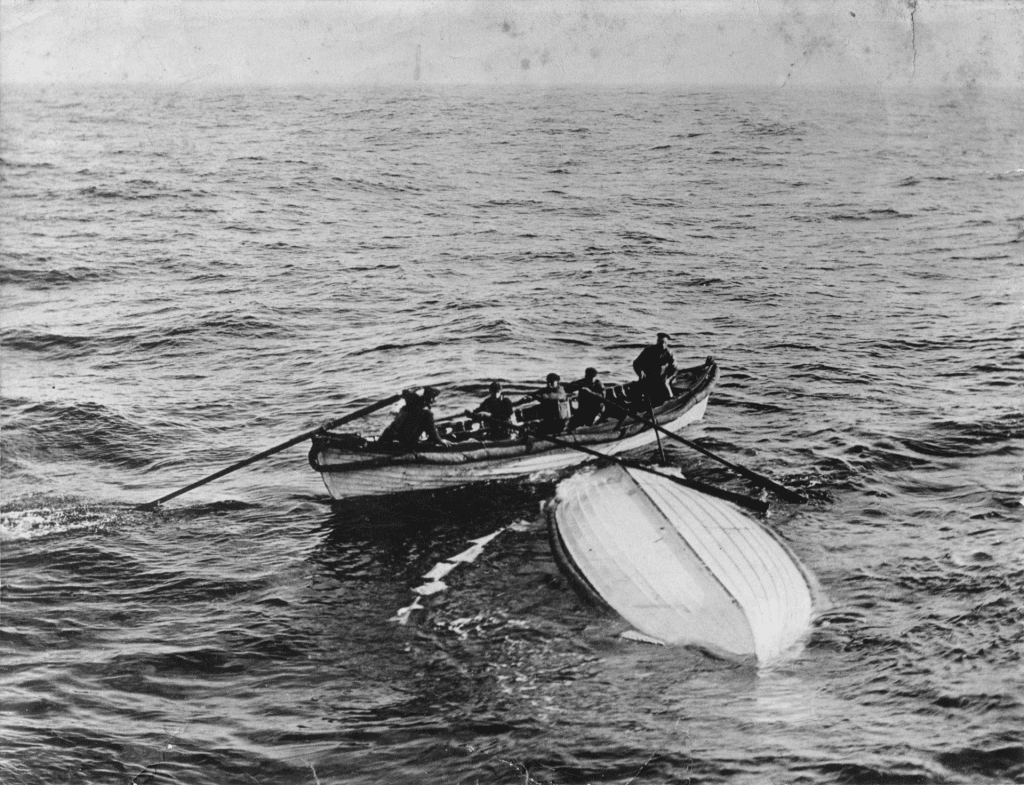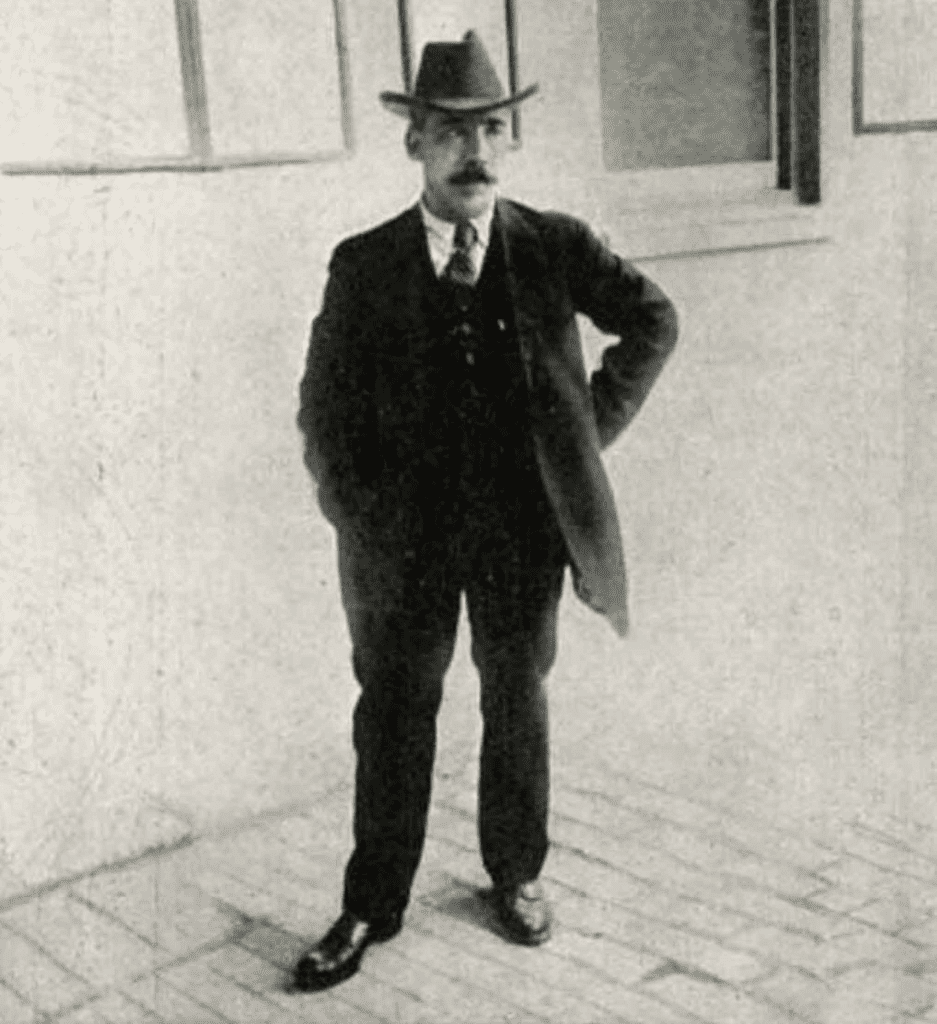A Calm Soul in the Heart of the Titanic Tragedy
When the RMS Titanic sank on the night of April 14, 1912, more than 1,500 people tragically lost their lives in the icy Atlantic waters. Yet among the stories of survival, one name stands out for its sheer bravery, resilience, and almost impossible luck Charles Joughin, the ship’s chief baker. While many panicked, he remained remarkably composed and selfless. And somehow, he lived to tell the tale.

Who Was Charles Joughin?
Charles Joughin was born in 1878 in England. By the time he boarded the Titanic as chief baker, he was already an experienced seaman who had served on various ships. His job aboard the Titanic wasn’t glamorous, but it was vital. He oversaw the baking of bread and rolls to feed over 2,000 passengers and crew.
But on the night of April 14, he became far more than a baker. He became a quiet, unsung hero.

A Selfless Act Amid Chaos
When the ship struck the iceberg at 11:40 p.m., panic set in quickly. Many crew members fled or froze in fear. But not Joughin. According to survivor testimonies, he quickly sprang into action, helping women and children into lifeboats.
Video: The True Story of Titanic’s Baker
Instead of thinking of himself, he focused on others. He gathered supplies, threw wooden deck chairs overboard to serve as floatation devices for those without lifejackets, and encouraged passengers to remain calm. He didn’t force his way onto a lifeboat. He stayed behind.
Riding the Stern Into the Sea
As the Titanic began her final plunge, the ship broke apart and the stern lifted out of the water. Joughin held onto the railing at the back of the ship and rode it down like an elevator as it disappeared beneath the waves.
When he hit the water, the temperature was a bone-chilling 28 degrees Fahrenheit. Nearly everyone else who entered the Atlantic that night died within 15 to 45 minutes. But somehow, Joughin stayed afloat and survived in the freezing ocean for nearly two hours.
How did he do it?

How He Survived the Icy Waters
Joughin later admitted he had consumed a fair amount of alcohol that night, possibly enough to dull the pain of the cold. Some theories suggest the liquor may have helped slow down the onset of hypothermia. Others argue it was his calm demeanor, physical endurance, and constant movement in the water that saved him.
He never fully submerged. He kicked and paddled in the dark, avoiding the panic that claimed many lives around him. Eventually, he was pulled aboard a lifeboat alive and alert.

Life After the Disaster
Unlike many survivors who faded into obscurity, Joughin remained active and resilient. He continued working at sea for many years before eventually retiring in the United States.
Video: “Titanic will founder” – Scene HD
He died in 1956 at the age of 78, having lived a long life well beyond the events of that tragic night. He was one of the last survivors to pass away, and his incredible survival story lives on in books, documentaries, and Titanic lore.
Legacy of Quiet Courage
Charles Joughin never asked for praise. He didn’t grandstand or try to grab headlines. He simply did what he thought was right. He helped others when he could. He stayed calm when most couldn’t. And in doing so, he not only survived one of the worst maritime disasters in history but also showed what quiet courage really looks like.
His legacy is not just that of a baker who defied death. It’s the story of a man who chose service over self-preservation and compassion over fear.

Conclusion: A Life Worth Remembering
More than 100 years later, Charles Joughin’s story is still a source of fascination. While the Titanic is remembered for its scale, tragedy, and luxury, it is the human stories like Joughin’s that give it heart.
In a world that often celebrates loud heroes, his tale reminds us of the strength found in simple acts of bravery. Sometimes the ones who save lives are not wearing uniforms or commanding orders. Sometimes they’re just bakers, quietly rising to the occasion.


